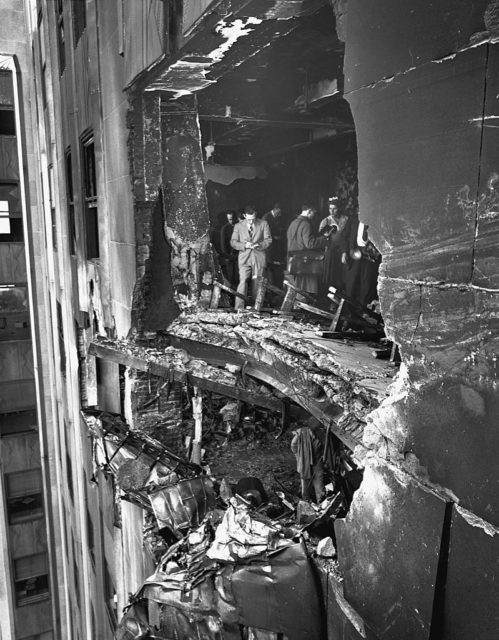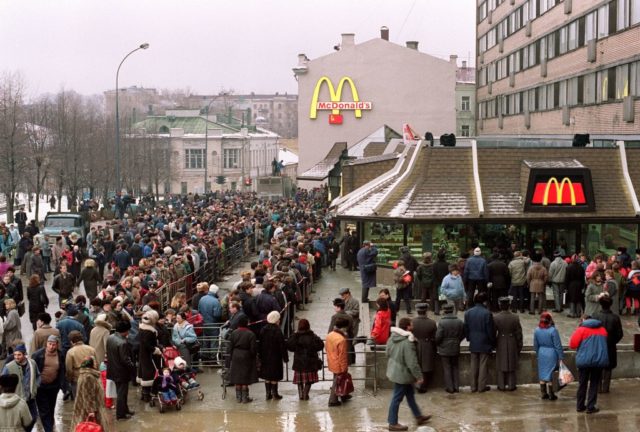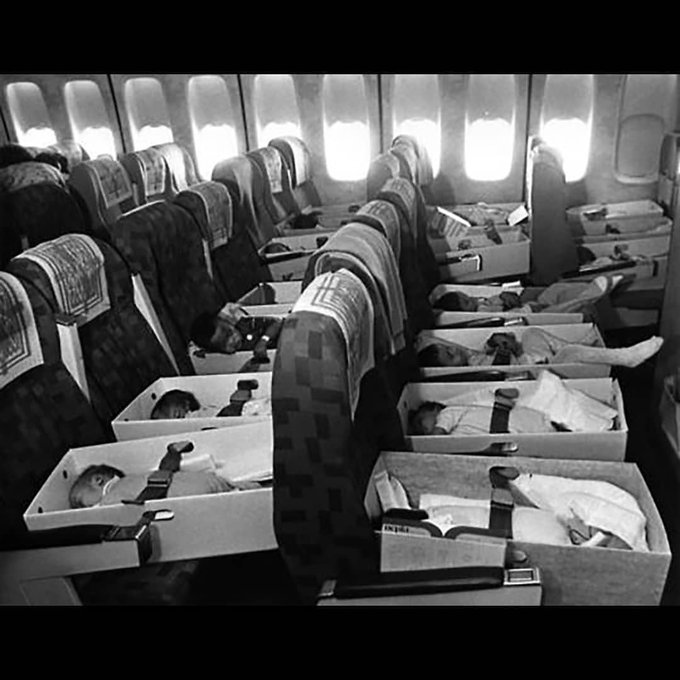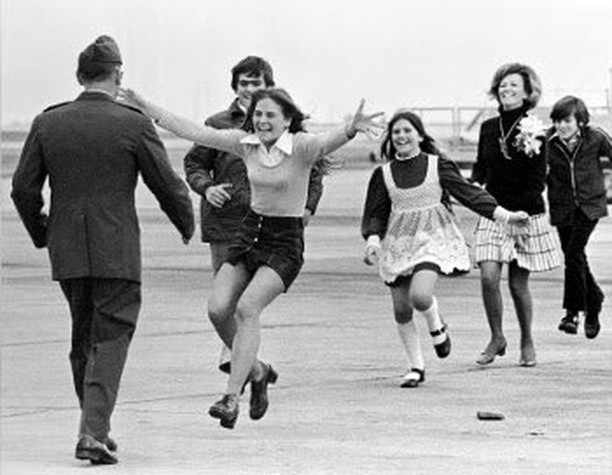
On July 28, 1945, an American B-25 bomber crashed into the Empire State Building. After the pilot got lost in a heavy fog, killing 14 people and causing $1 million in damages. Firefighters rescued one survivor named Betty Lou Oliver and placed her in an elevator with cables damaged by the fire, resulting in her plunging 75 floors. Miraculously, she survived.

The grand opening of a popular American fast-food chain in Moscow in December 1990 drew an enormous gathering, with about 38,000 individuals lining up. This milestone highlighted a pivotal chapter in fast-food history and represented the increasing influence of Western culture in post-Soviet Russia. The massive attendance at this Moscow debut set a record for the chain, illustrating the Russian public’s keen interest and excitement towards this renowned American fast-food brand.

Operation Babylift involved the large-scale evacuation of orphaned children from Vietnam to countries like the United States, France, Austria, and West Germany during the concluding days of the Vietnam War. From April 3-26, 1975, around 3,300 children were transported out of Vietnam. On April 4, 1975, a C-5 cargo plane departed from Tan Son Nhut Airport at 4pm, carrying 250 orphans and 78 crew members. Only 12 minutes into the flight, an explosion rocked the lower rear fuselage, leading to a rapid decompression. The crew tried to circle back for an emergency landing, but the plane tragically crashed in a nearby rice field, skidding for a quarter mile and breaking into four sections. Out of the 328 on board, 175 managed to survive. Flight nurse and first lieutenant Regina Aune recalled, “I will never forget that day. It’s as fresh to me right now as it was the day it happened. We put them in little groups and we secured them to the floor of the aircraft, with cargo tie-down straps and litter straps and blankets and pillows and whatever we could to kind of secure them to the floor. I remember thinking, this plane is crashing, and I am going to live through it, and I have to figure out how to take care of everybody once we finally come to a complete stop.” True to her word, Aune waded through the mud after the crash to search for the children and other survivors. After assisting 149 children to safety, she told the rescue team, “Sir, I request to be relieved of my duties since my injuries prevent me from carrying on.” Soon after, she lost consciousness. She was later treated at a Saigon hospital, discovering she had numerous cuts, a broken foot, a fractured leg, and a spinal injury.


Cow shoes used by Moonshiners during Prohibition. The idea was that if police found human footprints in areas where people don’t generally go, that was a clear indicator of something unusual and worth investigating, possibly leading to the discovery of an illegal still. If the only prints around were those of an animal, such as a horse or cow, those would seem unremarkable and not worth following
The 50th anniversary of the opening of the Golden Gate Bridge in 1987. Initially, planners anticipated a gathering of around 80,000 people. However, the turnout greatly exceeded expectations, with an estimated 800,000 individuals attending the event. The burden of people walking caused the normally curved roadbed to flatten. SF resident Winston Montgomery depicted the situation by writing, “The Golden Gate Bridge, bearing all its 419,000 tons, creaked and oscillated like a frail wooden slab over a chasm.” People who were scared and feeling seasick ended up being sick on their own shoes. As per Montgomery’s account, to alleviate the pressure on the bridge, individuals started tossing bicycles and strollers off the structure.